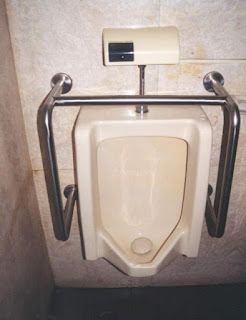AT, where we are and where we are going (maybe)
By September next year, I will have worked a full decade as an assistive technology specialist for an Independent Living Center. The first generation iPad sitting silently in my drawer was once the darling of the tech world; it is now old enough to attend grade school. It still feels like yesterday when I was still obsessed over which voice engines produce the most human sounding voice, when there is already commercially available companion robots and artificial intelligence those are capable of not only understanding vocal commands, but physically altering the environments of one’s surrounding. Technology evolves faster today than it has ever been at any point in human history. We are fortunate to live in a time when tomorrow not only promises new technologies, but delivers them like clockwork. Today, so much assistive technologies have been incorporated into mainstream consumer electronics it’s become almost impossible to tell what constitutes an assistiv...

